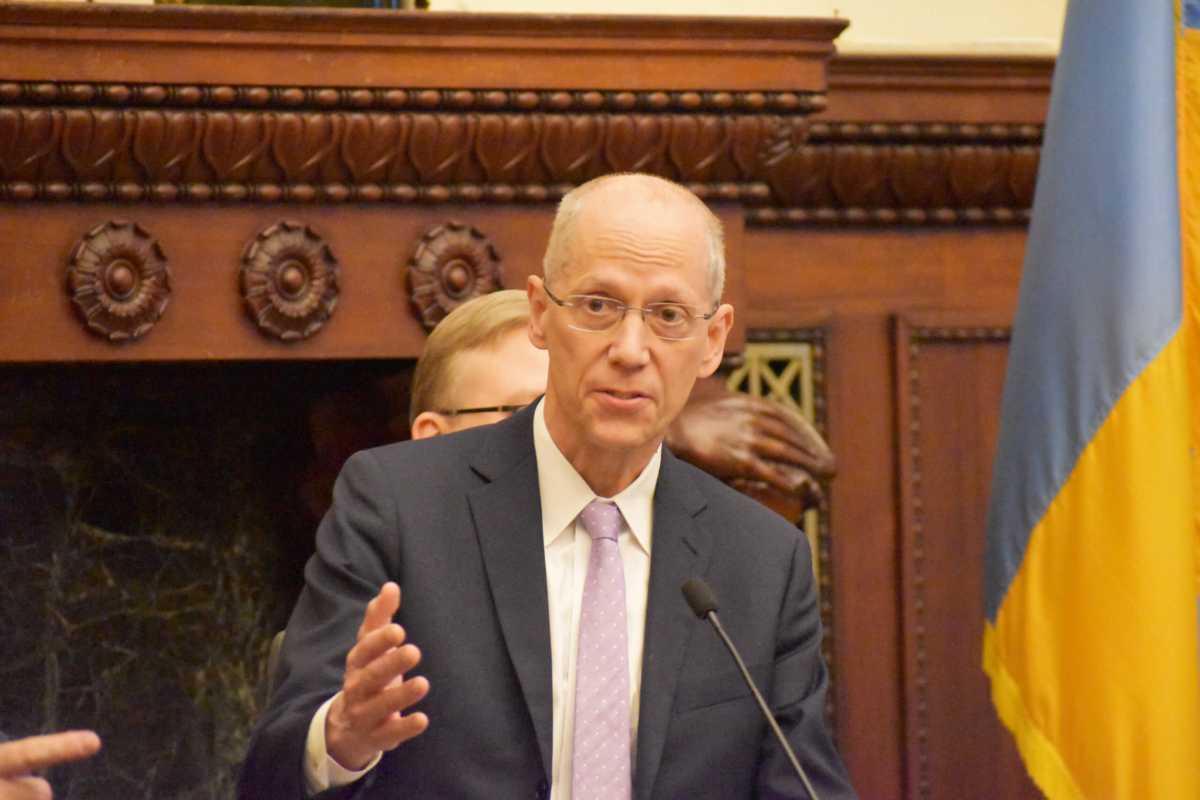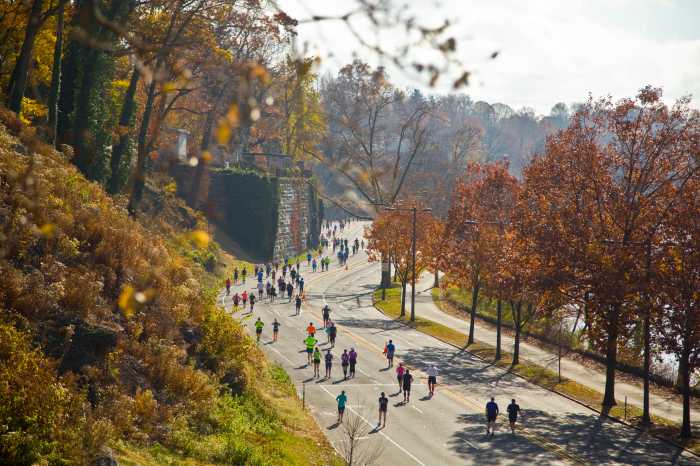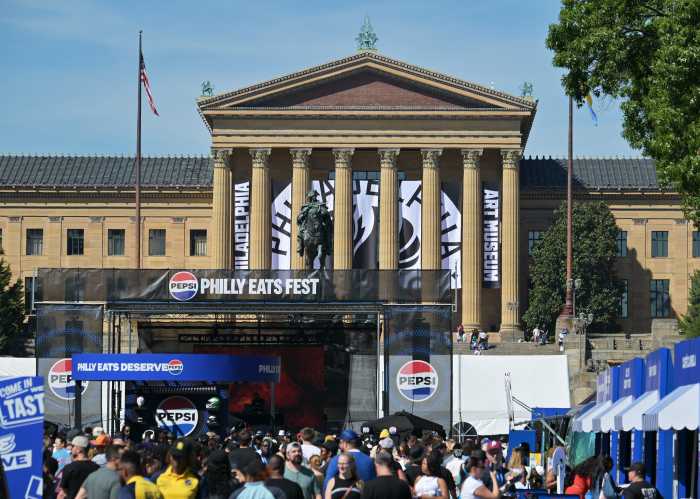For 36 years, the remains of those who died in the MOVE bombing were mishandled.
Cranes removed debris and bodies, contaminating the scene as the medical examiner repeatedly refused to deploy on-site investigators in the days after police dropped explosives on a West Philadelphia house — killing 11 people, including five children.
In the decades that followed, bones and other specimens from the victims were forgotten in a basement storage room, and remains sitting at the Penn Museum were pulled out during a fundraising event.
The lineage of the remains, from the bombing onward, are painstakingly detailed in a 257-page report released last week by a pair of law firms, which also made recommendations for policy improvements at the Medical Examiner’s Office.
Officials from Mayor Jim Kenney’s administration, which commissioned the report, adopted two suggestions almost immediately — the manner of death for all MOVE victims will be updated to homicide, not accidental.
In addition, the MEO will review the cause of death for the MOVE members who perished, as evidence suggests that, for some of those who died, the cause should be “unknown.”
After two articles, in Billy Penn and the Inquirer, revealed last spring that remains from the bombing were still being housed at the Penn Museum, Health Commissioner Thomas Farley confessed that he had ordered the MEO to cremate bones and other specimens connected to MOVE in 2017.
But a day after he resigned, at Kenney’s request, an employee pointed out that the bones remained in one of the MEO’s cold storage rooms.
Medical Examiner Sam Gulino was placed on leave, and he stepped down last summer after being reinstated.
Last week’s report, authored by Dechert LLP and Montgomery McCracken Walker & Rhoads LLP, found that people who did not grow up in Philadelphia, including some city leaders, have “only a cursory understanding” of the 1985 bombing.
They suggest introducing a civic education that would include a physical commemoration of some sort on the 6200 block of Osage Avenue, where the tragedy occurred.
Dechert and Montgomery McCracken Walker & Rhoads interviewed more than 70 people, including Kenney, Farley, former Mayor Wilson Goode and members of the MOVE Commission, but significant questions remain.
Eleven sets of remains, believed to belong to multiple victims, were found inside a box marked “MOVE evidence” at the MEO. Those bones and other samples still have not been conclusively identified.
Investigators also were not able to determine why the remains were not destroyed in 2017, as Farley had requested.
Several people involved, including Dr. Robert Segal, who was part of the MEO’s team in charge identifying the remains in the 1980s; Dr. Alan Mann, the Penn and later Princeton University professor who had custody of remains for a time; and Harolyn Chris Rogers, the employee tasked with cremating the remains, did not participate.
Although the bodies of the victims were turned over the family members in the months following the bombing, the medical examiner’s office held onto bones and other samples for further testing.
However, there is no city documentation surrounding the remains from 1986 until 2009, when toxicology specimens that had been kept in glass jars in the MEO were disposed of due to deterioration.
Then, in 2017, an MEO employee found the box with 11 sets of remains during an audit of an area used to store personal effects recovered during the examiner’s work.
When Gulino—who, as medical examiner, reports to the health commissioner—approached Farley, he told Gulino to wait six months and then destroy the remains. Farley sought to avoid “further trauma” for MOVE family members, according to the report.
“He told us during his interview that if it were widely known that the bones existed, he would have felt obligated to contact the family, and he requested the six-month waiting period to determine if the discovery became public,” the document said.
Meanwhile, another group of remains that had been sent for further analysis to anthropologists Alan Mann and Janet Monge was still in Monge’s possession years later at Penn.
Monge, the report says, used the bones during a Penn Museum fundraising event and for two lessons, including an online lecture.
Unlike the MEO remains, which have not been identified, the Penn specimens have since been turned over to victims’ relatives.
The report ends with requests from members of the MOVE Organization and other people related to the victims.
Lionell Dotson, whose two sisters died in the bombing, called for public apologies from elected leaders, including Kenney and Gov. Tom Wolf, while Debbie Davis, Mike Davis Sr. and Mike Africa Jr. indicated they wanted to see reparations and scholarship funds for victims and their descendants.
For the MEO, Dechert and Montgomery McCracken Walker & Rhoads recommended prioritizing homicides and other deaths that occur in law enforcement custody.
They advised that authorities should notify next-of-kin if a bone or organ is withheld for further examination, and the MEO, the report argues, should establish formal policies for communicating with family members.
Other recommendations include guidance on improving transparency, independence and record-keeping protocols.
The Philadelphia Department of Public Health, in a response to the report, accepted the recommendations while admitting that some will be “challenging due to funding constraints.”
“In addition to the changes recommended by the investigators, we are committed to working with the families of the victims to identify a respectful plan for how to handle the remains and will be reaching out in the near future to initiate those conversations,” the department said.





























